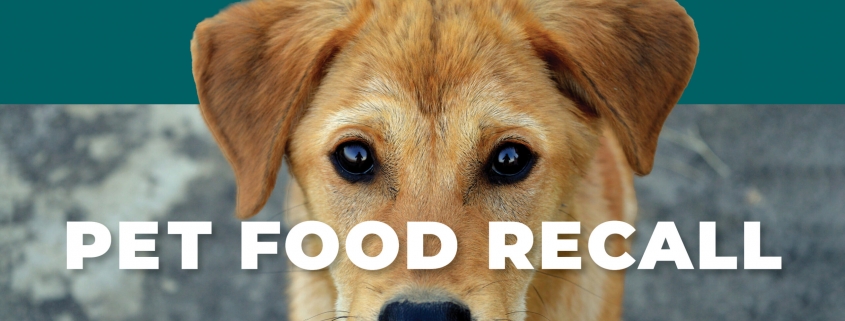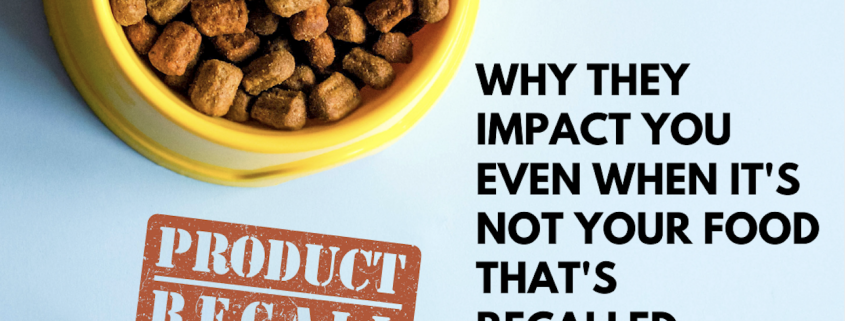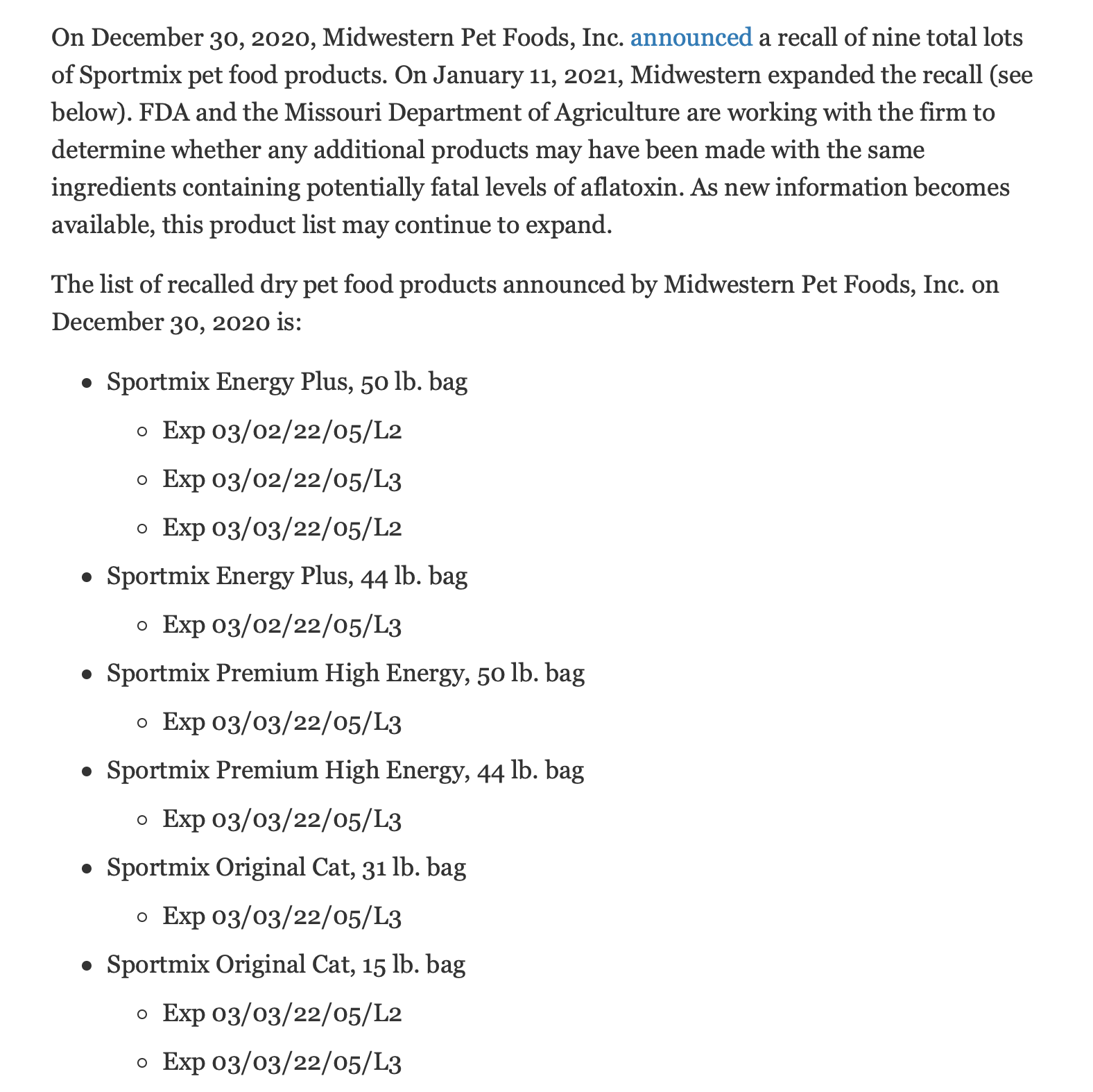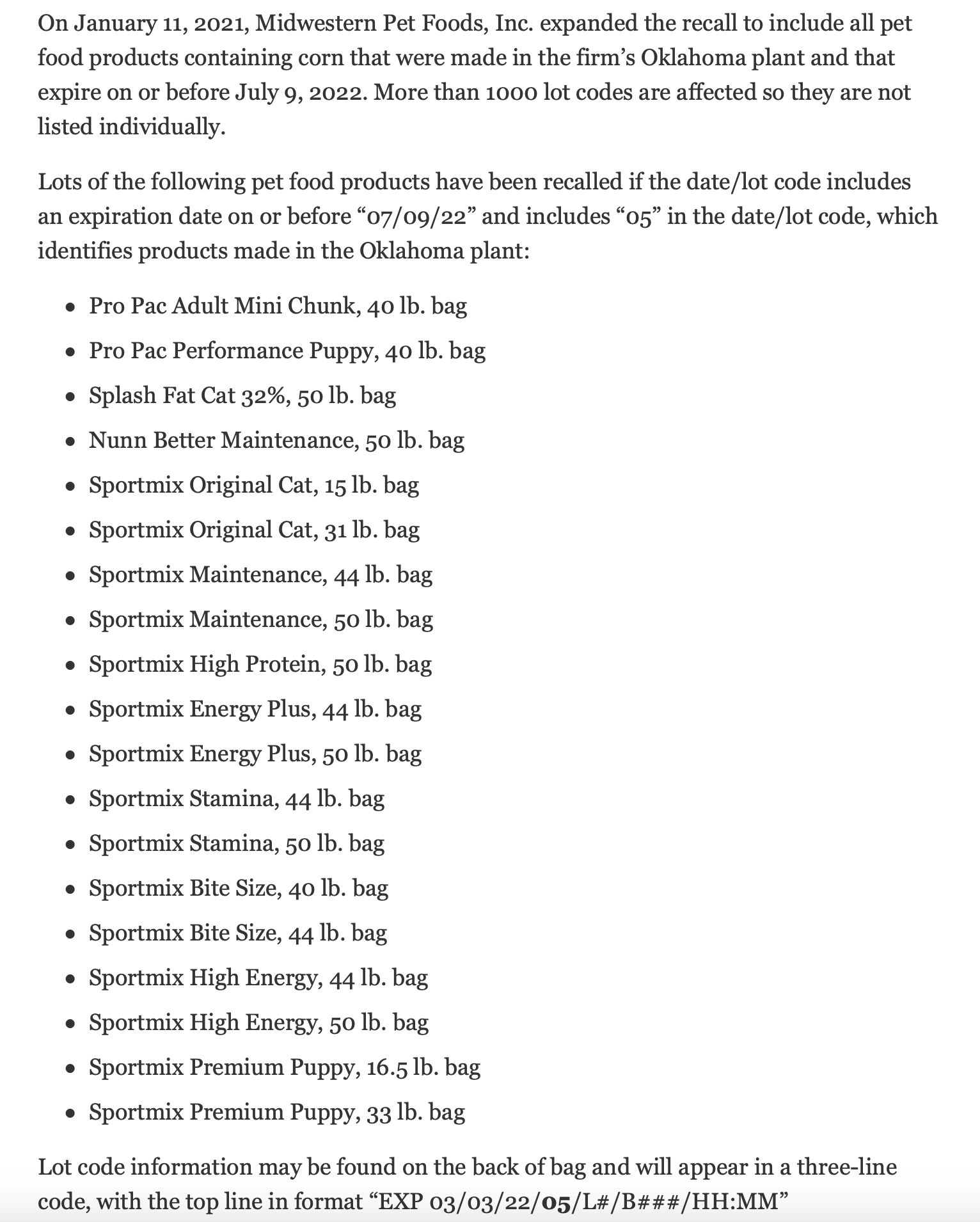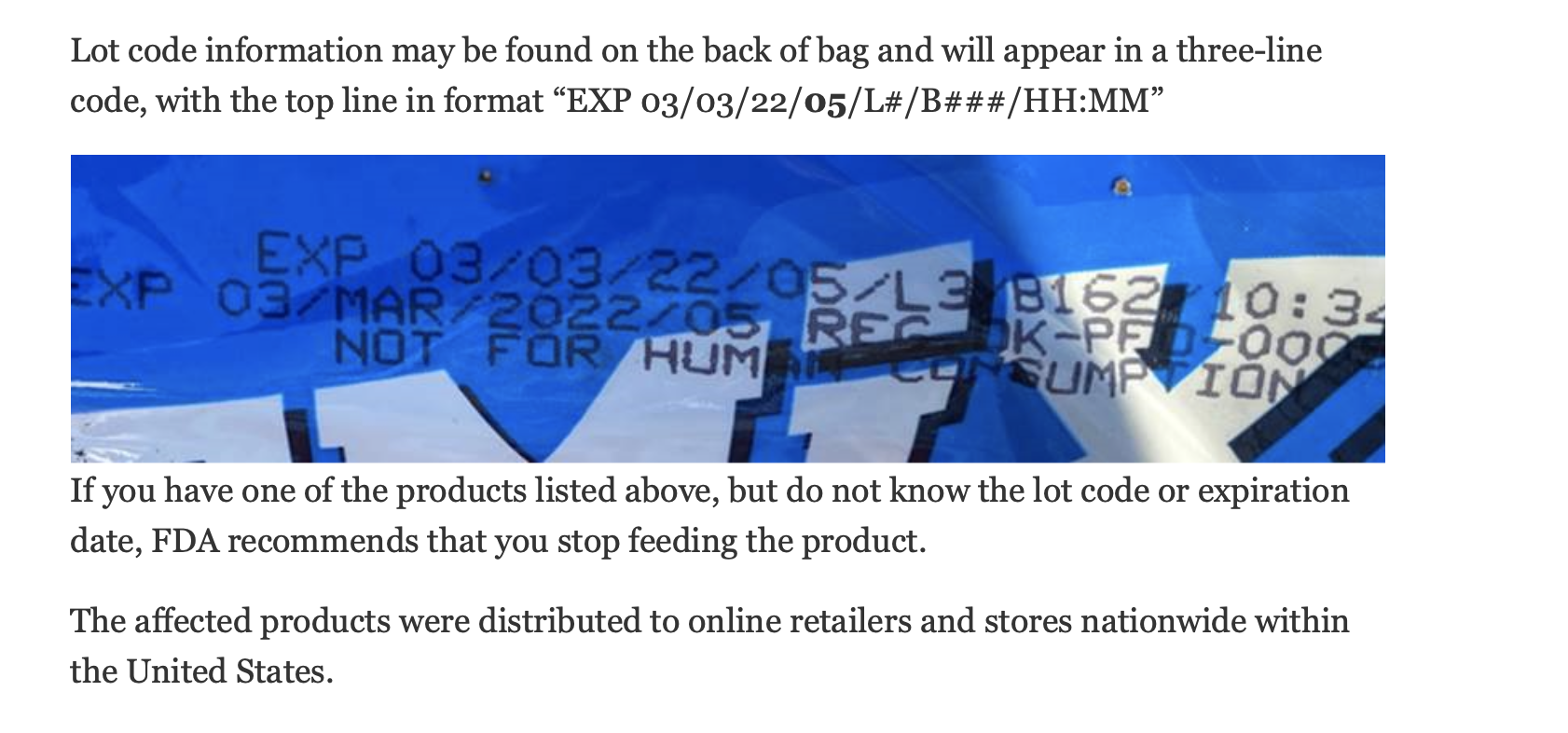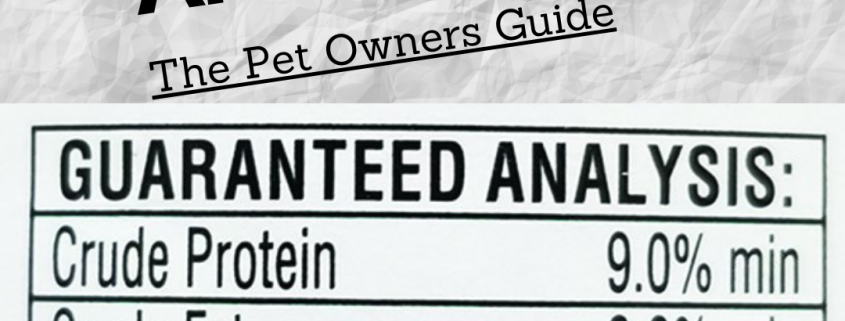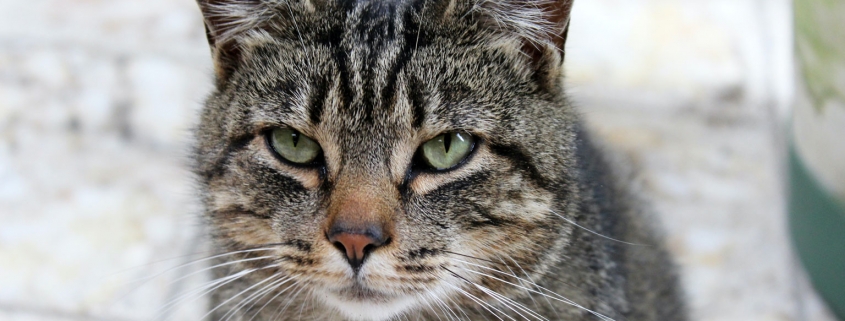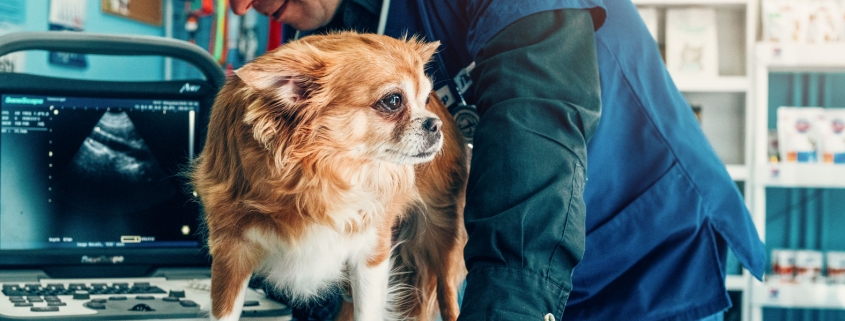‘Voluntary’ Pet Food Recalls are NOT Voluntary
A Brief History of Deadly Pet Food Recalls
Many pet owners, retailers and veterinarians believe that ‘voluntary’ pet food recalls show that pet food companies have caught problems as a result of quality and safety checks. However, this is mostly false. In fact, some of the largest and most dangerous pet food recalls were not caught by the pet food manufacturer – and instead a regulatory authority. So why are these recalls labeled as ‘voluntary’?
Meriam Webster’s definition of Voluntary is as follows:
Voluntary (adj.):
1: proceeding from the will or from one’s own choice or consent
2: unconstrained by interference
The Truth About Voluntary Pet Food Recalls
When it comes to pet food; however, many pet food recalls are not a result of the manufacturer finding a problem (e.g. mis-formulation, toxicant, etc.) like most people believe. In fact, some of the largest ‘voluntary’ recalls were not in fact voluntary even though that word is often used with FDA announcements and manufacturer press releases.
The truth is that most ‘voluntary’ pet food recalls are indeed forced, usually by a state department of agriculture and/or the FDA. In order to determine if a recall was truly voluntary you have to read the FDA announcement as well as put a few pieces of the puzzle together. The problem is that most consumers, retailers and even veterinary professionals are completely unaware that most of these recalls are not voluntary. What is worse is that many seem to believe that if a company issues a ‘voluntary’ recall it somehow absolves them of any wrongdoing – even if the problem was truly their fault. In short, voluntary recalls DO NOT mean that the manufacturer caught the problem – it usually means that some other regulatory agency (state department of agriculture, FDA and/or CDC) was made aware of an adulteration or illness and is forcing the manufacturers hand. Usually if a manufacturer fails or refuses to cooperate then involuntary recalls or FDA advisories and press releases are issued, but they are rare. An example of such an incident would be the Answers Pet food recall involving Salmonella detected in their straight beef formula. In this case the FDA issued an advisory because Answers (Lystn, LLC) recalled the affected lot in Nebraska, but did not implement a nationwide recall.
So how do you do know where to look to determine if a recall was really voluntary? And how do you know where to look?
Let’s look at some examples in recent pet food history:
Diamond Pet Food ‘Voluntary’ Recall (Salmonella):
April 6, 2012 was the initial announcement of a ‘voluntary’ Diamond Pet Food recall due to detection of Salmonella. This is because the pathogen was detected by the Michigan Department of Agriculture & Rural Development on April 2nd, 2012. While the FDA announcement and media outlets labeled this as ‘voluntary’ it surely was not. Ultimately a CDC investigation, in collaboration with other agencies, used DNA fingerprinting of a Salmonella strain infecting humans to ultimately trace it back to a specific Diamond Pet Food manufacturing facility. In other words, Diamond did not detect the Salmonella pathogen on their own simply because they were not adequately testing inbound ingredients and outbound products. Additionally, Diamond was not keeping adequate records regarding ingredient tracing, manufacturing schedules, cleaning schedules or retaining properly labeled samples of products manufactured. In other words, this could have been prevented if they followed proper procedure. As a result 49 human infections of Salmonella Infantis and over 50 pets sicked and at least 6 pet deaths.
This recall expanded to numerous expansions of brands made by Diamond including Diamond Naturals, Taste of the Wild, Kirkland, Solid Gold, Wellness, Natural Balance, Canidae just to name a few. However, foods manufactured but sold under different brand names were not recalled until after the CDC reported the outbreak of human illnesses which also were reported in Canada. Which should have been a lesson for other manufacturers to do their due diligence.
Evanger’s Pet Food ‘Voluntary’ Recall (Pentobarbitol):
February 3, 2017 was the initial ‘voluntary’ recall of what would be multiple Evanger’s canned pet food products due to adulteration with pentobarbital – a euthanasia drug. Initial reports of ill dogs surfaced at the end of 2016, although it took over a month for the ‘voluntary’ recall being issued. Expansion of the recall was announced on March 2, of 2017 that included all ‘chunk’ beef canned products made by the company. Another problem being that Evanger’s is a co-manufacturer – meaning they made canned pet food for other brands leading to this incident and previous incident possibly effecting other brands. This recall was also not ‘voluntary’ as Evanger’s did not detect the pentobarbital, and it’s also important to note they delayed recalling additional product. It doesn’t stop there though, because the ‘adulterated’ product actually turned out to be horse meat and not beef.
Taking a trip down memory lane, Evanger’s has had significant and widespread sanitary and food handling problems at their facility dating back to 2006. This was evidenced in citations and a lawsuit filed by the Village of Wheeling which resulted in restitution payments. Further, other significant problems were regularly in the news from 2008-2017 surrounding both Evanger’s products and illegal business activity. These issues included Fair Labor Standards Act violations, utility theft, theft and money laundering. On the product front further citations, FDA inspections, permit suspensions, warning letters for sanitary conditions, adulterated products, misbranded products and contaminant recalls. This long chain of issues was rounded out by the 2017 pentobarbital contamination incident.
Hill’s Pet Nutrition (Science Diet) ‘Voluntary’ Recall (Excess Vitamin D) –
January 31, 2019 Hill’s ‘voluntarily’ recalled numerous lots of canned pet food due to toxic levels of vitamin D. Ultimately two additional recall expansions were also released on March 20th, 2019 and again on May 20th, 2019. This recall turned into one of the largest pet food recalls worldwide with over 22 million cans of pet food involved, and likely a large number of pets that became sick or died. The incident involving Hill’s was also not ‘voluntary’ because they did not detect the problem themselves, and in fact the FDA found Hill’s failed to follow their own safety and quality control procedures even though Hill’s attempted to place the blame on the ingredient supplier. The FDA issued a warning letter to Hill’s with highlights as followed:
- Pet food contained vitamin D at levels in excess of 33 times the recommended safe upper limit, which classifies the food as adulterated
- Hill’s failed to follow their own procedures to ensure that inbound ingredients such as Vitamin D were safe, and at proper levels for their formulation considering Vitamin D excess is a reasonably foreseeable hazard.
- The FDA noted that Hill’s proposed ‘corrective actions’ because most were already preexisting procedures that they failed to follow in the first place resulting in the recall.
In short – even though Hill’s Pet Nutrition is touted to be ‘one of the best pet food companies’ by organizations such as the American Veterinary Medical Association and other vet groups because of their research and development into pet nutrition, publication of peer reviewed papers and for employing veterinary and PhD nutritionist – those ‘attributes’ can’t save them if they don’t follow their own food safety, quality and formulation procedures!
Sunshine Mill’s ‘Voluntary’ Recall (Aflatoxin) –
On September 2, 2020 Sunshine Mills, manufacturer of several brands of pet food issued the first wave of recalls due to dangerously high levels of aflatoxin. On October 8th, the second announcement expanded the
recall to 18 brands that Sunshine Mills produced. Again, this recall was not ‘voluntary’ and was initiated after the Louisiana Department of Agriculture found elevated levels of the contaminant during routine testing. The department then issued a stop sale order on the product in the state of Louisiana, which then triggered the ‘voluntary’ recall by Sunshine Mills. This again is another example of a company either not testing inbound ingredients and/or outbound product for safety and adequacy. This is yet another example of a large recall that also could have been prevented!
Midwestern Pet Foods ‘Voluntary’ Recall (Aflatoxin)
Most recently on December 30, 2020 Midwestern Pet Foods ‘Voluntarily’ recalled several SportMix dog and cat foods due to dangerously high levels of aflatoxin. Note that this date is not too long after the Sunshine Mills recall, which should have been a clue to pet food manufacturers to ensure they were adequately testing their products and ingredients for safety and adequacy. In addition, Neogen releases contaminant reports for agricultural crops each week and because of these reports the industry was well aware of aflatoxins present from corn crops in various regions of the country. Aflatoxin, along with other common agriculture contaminants were present due to various conditions tied to the growing season. Given the Sunshine Mills recall likely from the same 2020 corn crop, Midwestern Pet Foods should have been even more aggressive in testing inbound ingredients (as should other companies using corn).
It’s likely that Midwestern Pet Foods was not inbound testing their ingredients for aflatoxin and/or outbound testing their final products. The larger problem is that Midwestern Pet Foods has indicated in the past that they do perform these types of early 2 weeks later on January 11, the recall was expanded to include well over one-thousand (1,000) lots of pet food, and additional brands. To date over 70 dogs have been reported dead and over 80 ill – which is likely to expand. Again – another deadly event that was completely preventable!
Summary:
At this point you’ve probably realized a common theme – all companies were either not following their own established food safety procedures, or any quality control checks at all. You also likely noticed that none of the above companies caught their own issue – they were all discovered by outside agencies. This means that companies had released product into the marketplace without adequate food safety checks which resulted in numerous pet deaths and illnesses, and some even resulting in human illnesses. In addition, all companies issued expanded recalls, which further solidifies the point that these companies did not have or were not following sufficient quality control measures to ensure safety of their products nor knew the impact of the adulterated products in the marketplace.
A Key Takeaway
The major point is that these were ALL preventable. If they the companies were testing inbound ingredients for aflatoxin or vitamin D the ingredients would have never enter their manufacturing facility. If they had positive release programs for pathogens like Salmonella, the foods would have never left their facility.
What all of this means is that pet food companies that do not have such measures in place are essentially playing Russian roulette with your pet’s health and safety (and sometimes your own health). It’s our responsibility as pet owners, retailers and veterinarians to contact our pet food manufacturers and ensure that they have appropriate procedures in place and that they follow them. When they do not follow the procedures and issues arise, we need to know why and what they are doing to prevent it again. We are human, mistakes happen. When they cannot explain or chose to ignore the questions we ask, why should we feed or sell their foods? The days of pet food companies lacking transparency in their ingredient sourcing and quality control are over – or at least they should be if we demand it.
About the Author: Nicole Cammack
Nicci is the founder & owner of award winning NorthPoint Pets & Company, in Connecticut. She is also the Founder & CEO of Undogmatic Inc. Her undergraduate and graduate education includes biology, chemistry, business and nutrition. She has worked in the pharmaceutical industry on multiple R&D projects and has had the privilege to learn from leading international figures in the human and pet health industry. She regularly lectures at national conferences, including federal, state, and municipal K9 events. Her current research involves identifying pathogenic risk factors and transmission among raw fed pets through a comprehensive worldwide survey.

